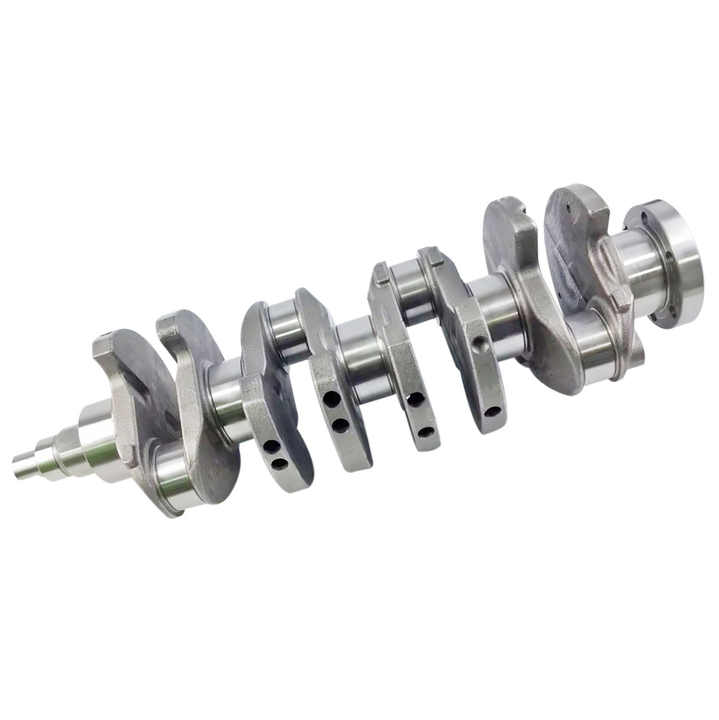The Role of Crankshaft Design in Engine Performance
To be honest, the crankshaft might not be the first thing that comes to mind when considering engine performance. But, as it turns out, its design plays a crucial role in how well an engine "breathes" and expels exhaust gases, a process known as exhaust scavenging.
Understanding Engine Breathing
Engine breathing refers to the cycle of drawing in air and fuel, compressing it, and expelling exhaust gases. The smoother and more efficient this process is, the better the engine's performance. Interestingly enough, the crankshaft's design significantly influences this process.
Crankshaft Dynamics and Engine Breathing
Crankshaft dynamics, or the way the crankshaft moves, directly affects engine breathing. The crankshaft translates the linear motion of the pistons into rotational motion, driving the engine's other components. If the crankshaft's motion is smooth and balanced, it allows for better engine breathing and, consequently, improved performance.
Optimizing Crankshaft Design for Better Engine Breathing
Engineers can enhance engine breathing by optimizing the crankshaft's design, focusing on factors like crankshaft geometry, material selection, and counterweight placement. By carefully considering these aspects, engineers can minimize vibrations, reduce friction, and improve the overall balance of the engine, leading to better breathing and higher performance.
The Importance of Exhaust Scavenging
Exhaust scavenging is the process of expelling burnt gases from the engine and replacing them with fresh air and fuel. The more effectively this process occurs, the better the engine performs. Have you ever wondered why? It's because efficient exhaust scavenging ensures that each combustion cycle starts with a clean slate, allowing for optimal power output.
Crankshaft Design and Exhaust Scavenging
The design of the crankshaft plays a vital role in exhaust scavenging. For instance, the crankshaft's throw – the distance between the center of the crankshaft and the center of the connecting rod – can impact the timing and efficiency of exhaust scavenging. A well-designed crankshaft can ensure that the exhaust valves open and close at the right moments, enabling the engine to expel burnt gases and draw in fresh air and fuel more effectively.
Practical Applications and Tips
Now that we understand the impact of crankshaft design on engine breathing and exhaust scavenging, let's explore some practical tips for optimizing crankshaft dynamics:
In Conclusion
In my experience, understanding the nuances of crankshaft design and its impact on engine breathing and exhaust scavenging can lead to significant improvements in engine performance. By focusing on crankshaft dynamics and optimizing key aspects of the crankshaft's design, engineers can create engines that breathe more efficiently, scavenge exhaust more effectively, and ultimately deliver better power output. So, the next time you're considering ways to enhance engine performance, don't overlook the humble crankshaft – it might just hold the key to unlocking your engine's full potential.




